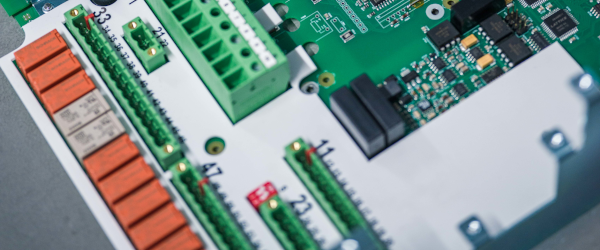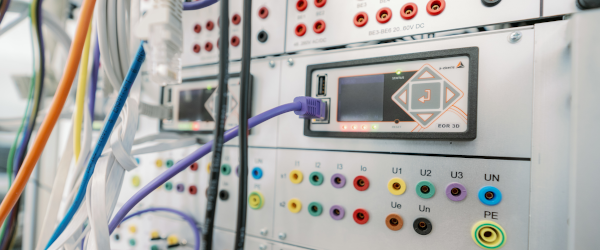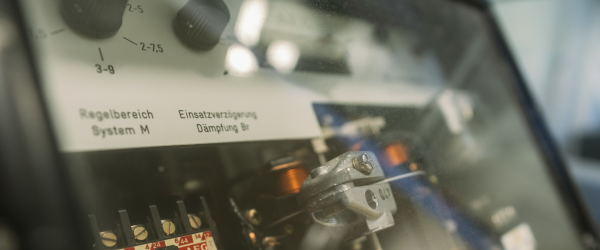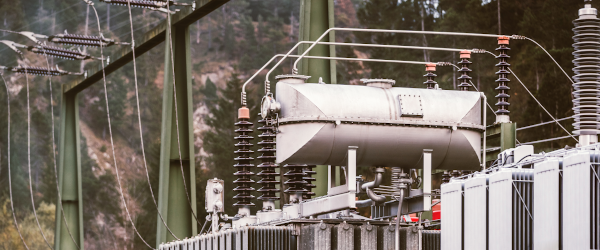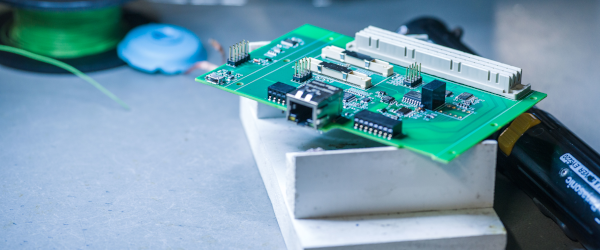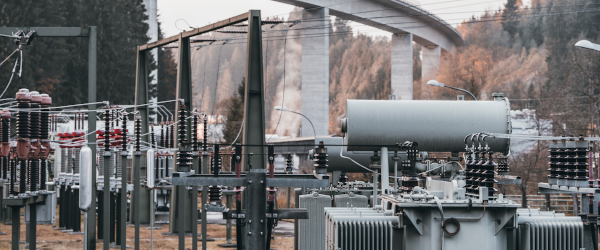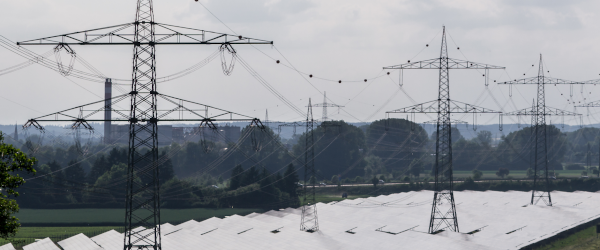Measurement of the circulating current
Direct measurement of the circulating current is not possible with the usual measurement equipment. The calculation of the circulating current from the difference between the off-load voltages and the short-circuit impedance of the windings involves a relatively high cost, because the exact actual values of the complex quantities are required for this. For a voltage control based on the principle of circulating current minimization, proxy values for the circulating current can therefore be used. These proxy values are not universal, but nearly proportional for the circumscribed practical realities of the circulating current and sufficiently accurate for the stepped voltage regulation.
Calculation of the circulating current
The magnitude and the angle of the circulating current can be calculated using the generally available complex measurement values, the transformer currents ITA and ITB.
\underline{I}_{cir}=\underline{I}_{TA}-(\underline{I}_{TA}+\underline{I}_{TB})( \frac{\underline{Z}_{kB}}{\underline{Z}_{kA}+\underline{Z}_{kB}})With this equation the circulating current can also be correctly determined with SrA ≠ SrB ; ukrA ≠ ukrB ; jkrA ≠ jkrB. The load data (load factor, load type, power factor) have no effect on the result.
Determination of the circulating current using the ∆sinφ procedure
In parallel operation on a busbar for SrA = SrB and ukrA = ukrB and
φkrA = φkrB = 90°, the circular current is given by the measured reactive currents IqA = ITA sinφTA and IqB = ITB sinφjTB of transformers A and B. If these conditions are met, then it is permissible to calculate the values with only the complex values.




